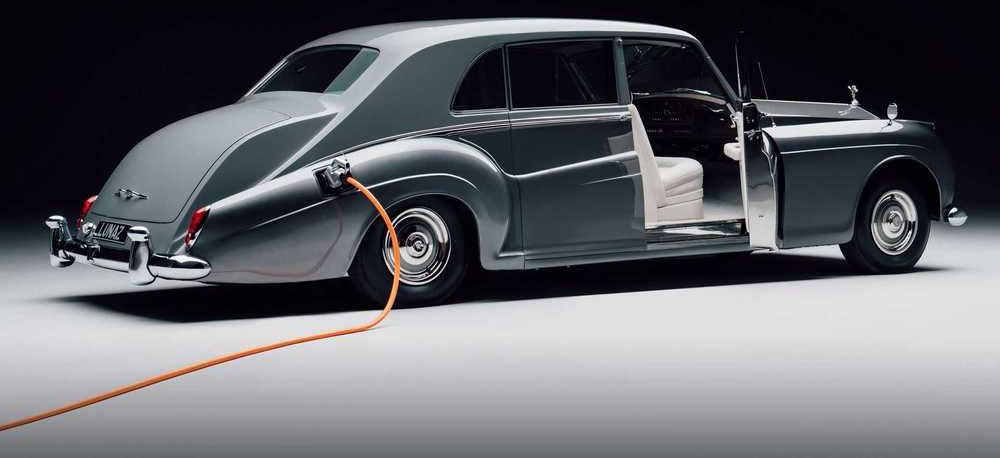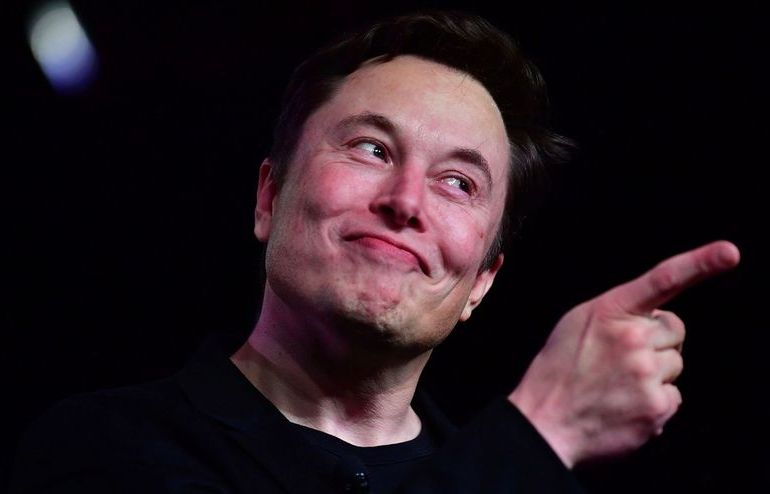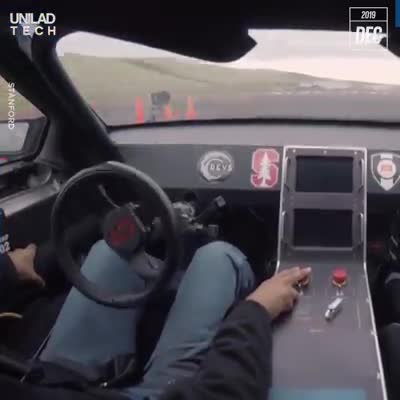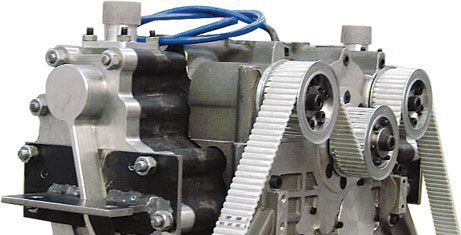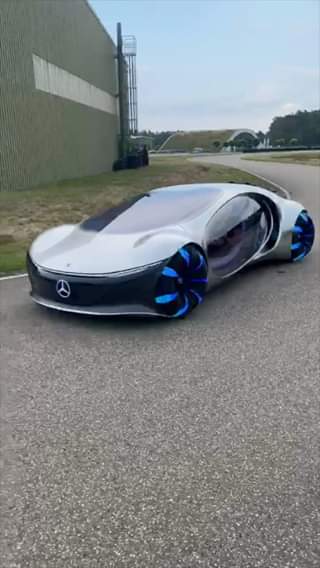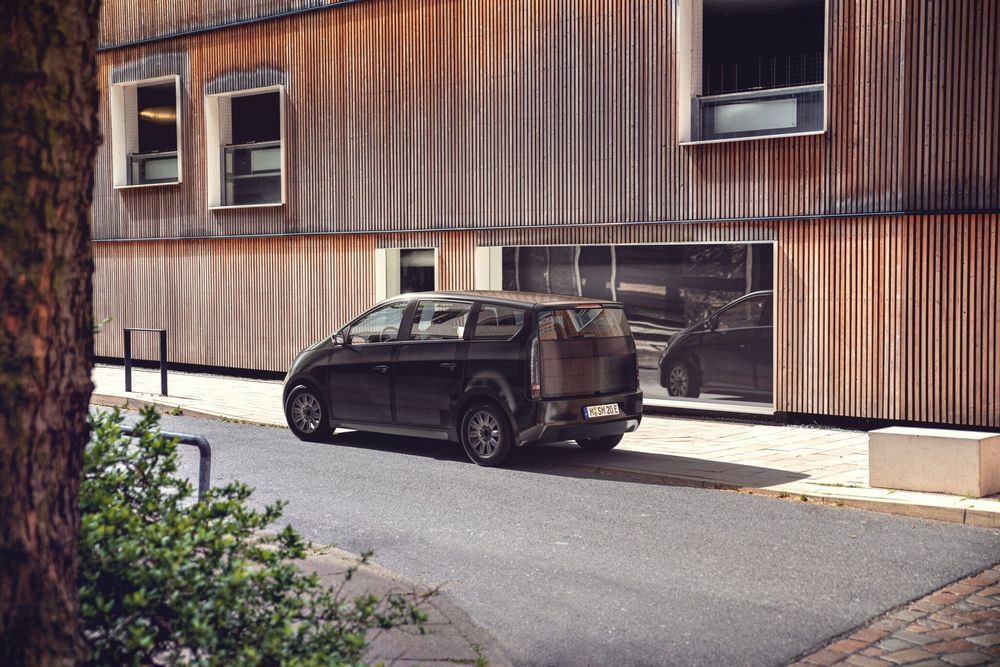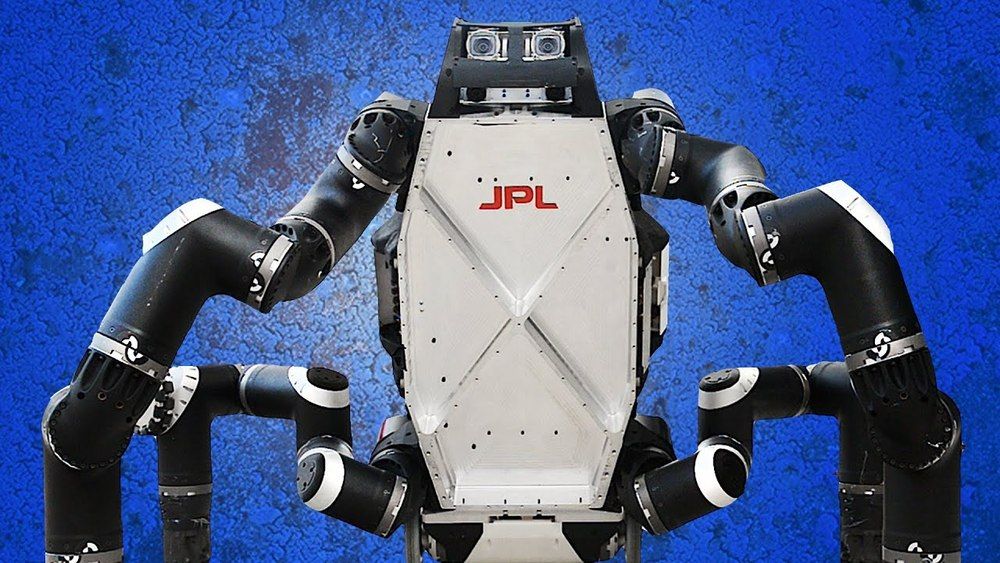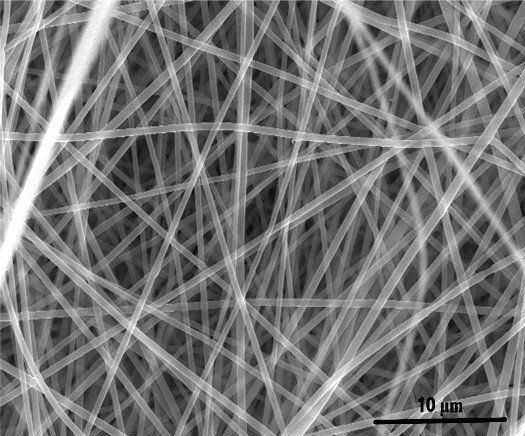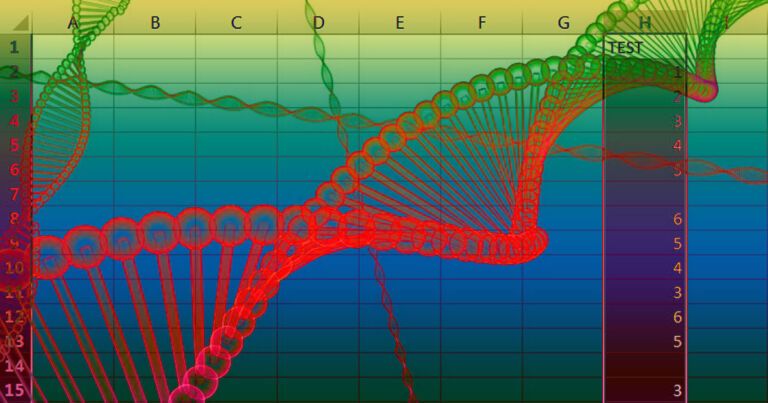The only slight hitch is it costs as much as a brand new Rolls-Royce Phantom, so it’s for millionaires.
We wrote earlier this year that because the demand for electrified classics was on the rise, Lunaz, U.K.-based company that specializes in EV conversions had doubled its workforce to keep up with demand. The company’s first product was a pure-electric 1953 Jaguar XK120, but if that was not opulent enough, it now offers a car that makes a lot of sense on paper: an electric 1961 Rolls-Royce Phantom V.
In fact, an old electric Roller is about as fitting as an EV converted classic could get, simply because no internal combustion engine can match the blend of smoothness, quietness and power provided by an electric motor. To top it all off, the guys from Lunaz equip their electric Phantom with a really big 120 kWh battery pack that is said to provide enough juice for a range of 300+ miles (480+ km).
